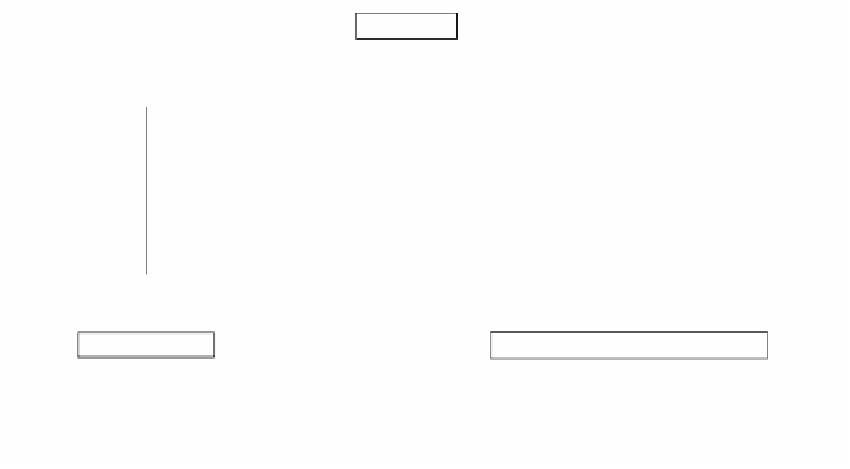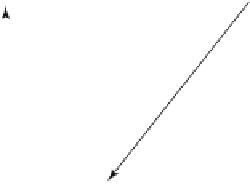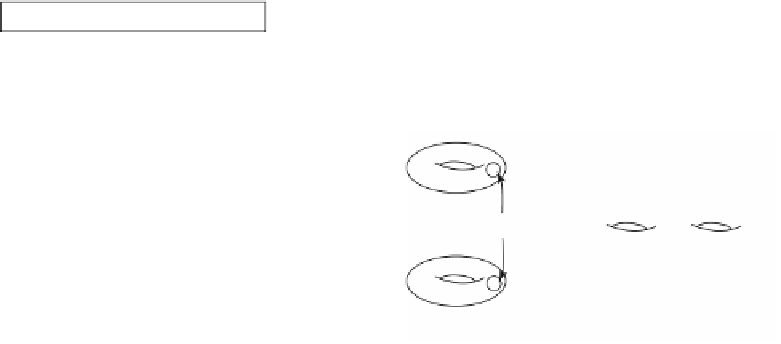Graphics Reference
In-Depth Information
Surfaces
S
X
(L
w
, m
w
)
X
(L, m)
w
S
(L, m)
w
(L
S
, m
S
)
(L
w
, m
w
)
Symbols :
Ω*
w
Certain labeled Complexes
Certain labeled polygons
Figure 6.21.
The relationship between surfaces and labeled objects.
S
1
S
1
# S
2
Disks
The connected sum
of S
1
and S
2
Figure
6.22.
A connected sum example.
S
2
The first step to the classification of surfaces is now completed. Figure 6.21 sum-
marizes the various correspondences that we have established. We have associated to
every surface a collection of symbols. Each of these symbols determines the surface
uniquely up to homeomorphism, so that whenever two surfaces have a symbol in
common they are homeomorphic. Before we move onto the next step we shall find
symbols for some more standard surfaces.
We already know from Lemma 6.5.4(4) that
-
1
,
-
1
-
1
AA
AA
,
andAA A A
1
11
1 2
1
1
2
are symbols for
S
2
,
P
2
, and
S
1
¥
S
1
, respectively. Knowing this one can determine
symbols for other surfaces that can be formed from these basic ones by means of what
is called a “connected sum” operation. Let
S
1
and
S
2
be two surfaces. Intuitively, the
connected sum of
S
1
and
S
2
is the surface one gets by cutting out a disk from both
S
1
and
S
2
and pasting the remainders together along the boundaries of the holes that
were generated. See Figure 6.22. To make this rigorous, choose a proper triangula-















